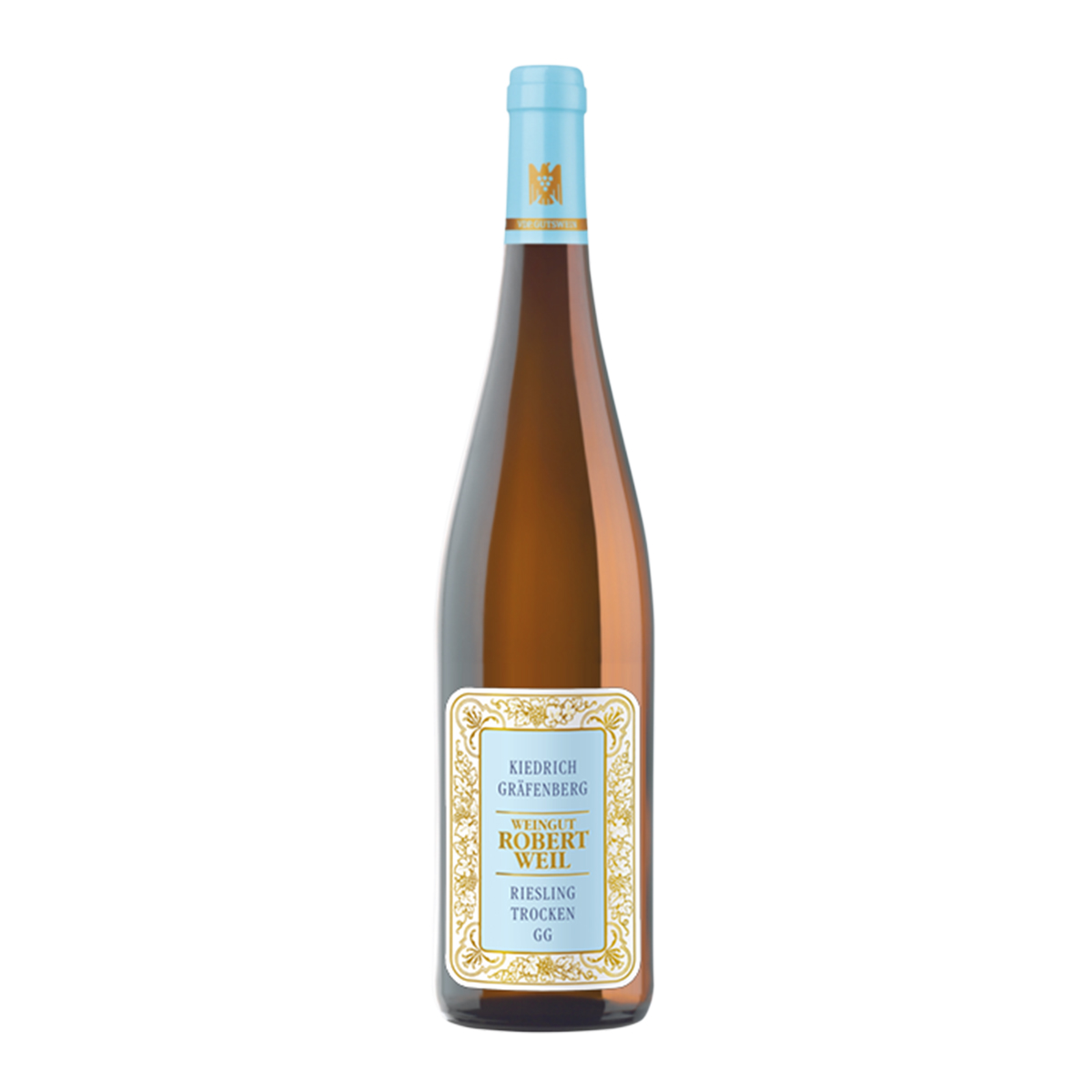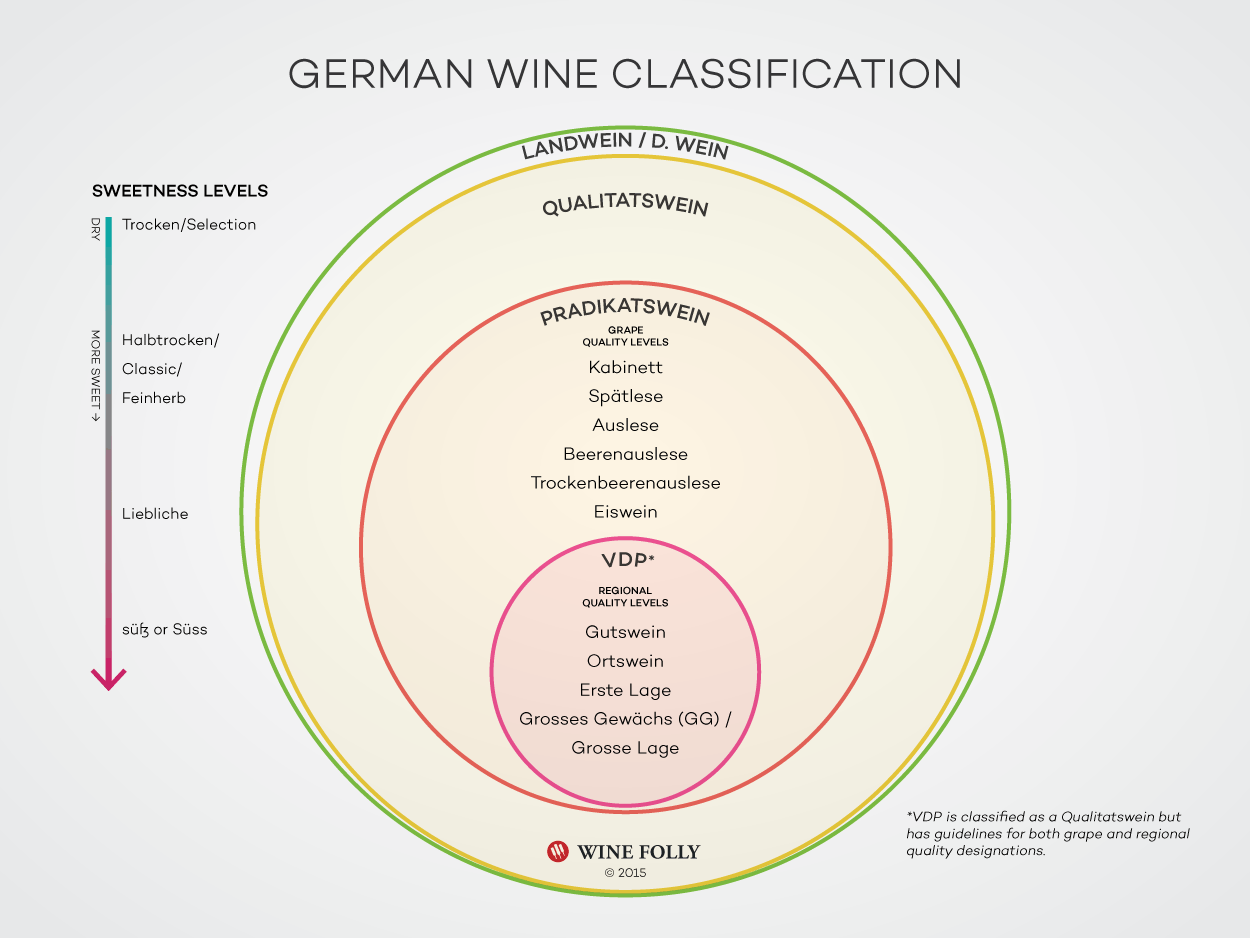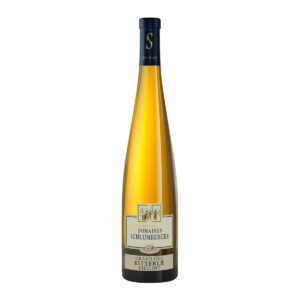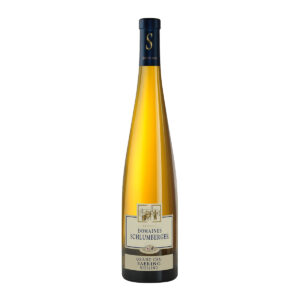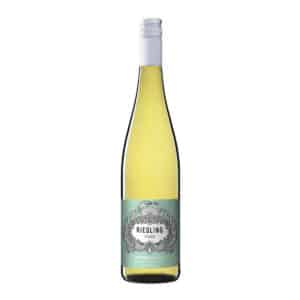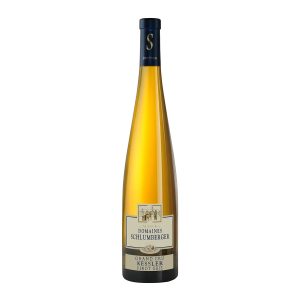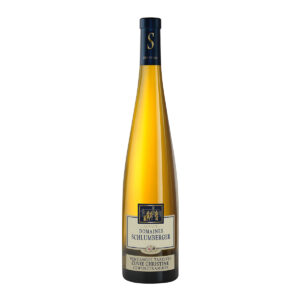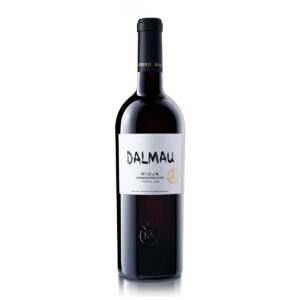The System of Quality for German Riesling
Copyright Wine Folly
The most basic levels of German wine are Deutscher Wein and Landwein (Germany’s simple “table wine” classification). The higher quality wines of Qualitätswein and Prädikatswein. So, if you see “Prädikatswein” or “Qualitätswein” on the label, this is basic quality German juice!
As you go higher up the rungs of these two quality classifications, you’ll find that quality is dependent on two factors: the ripeness/quality of the grapes and the regional specificity (all the way down to the vineyard, much like Burgundy).
Qualitätswein
This classification is determined by a minimum ripeness of grapes and it must be produced with grapes from only 1 of the 13 regions (aka “anbaugebieten”). Qualitätswein-level wines commonly use terms on the label to indicate the wine’s level of sweetness:
- Trocken/Selection: A dry wine with ~9 g/l RS or less. The term “Selection” is specifically for the wines of Rheingau that have been hand-harvested.
- Halbtrocken/Classic: A “half-dry” or slightly sweet wine with up to 12 g/l RS (up to 15 g/l RS for “Classic”)
- Feinherb: An unofficial term to describe an off-dry wine similar to Halbtrocken
- Liebliche: A sweet wine with up to 45 g/l RS
- süß or Süss: A sweet wine with more than 45 g/l RS
Pradikatswein
This designation used to be called “Qualitätswein mit Pradikat” or “QmP” which you still may find on labels prior to 2007. Pradikatswein Riesling wines are traditionally sweet and this quality-level is commonly used in the Mosel of Germany. Pradikatswein has an additional level of classification based on the ripeness of the grapes when they are harvested. The sweeter the grape, the higher the potential alcohol and/or sweetness in the wine. The classification also has a category for ice wine (aka eiswein).
- Kabinett The lightest style of Riesling, made from grapes that have a sweetness level of 67-82 Oechsle (148–188 g/L sugar). Kabinett wines range in style from dry to off-dry.
- Spätlese Spätlese means “late harvest” and grapes have a sweetness level of 76-90 Oechsle (172–209 g/L sugar). Spätlese wines are rich and usually sweeter than Kabinett, although if you see “Trocken” on the bottle you can assume it’s in a dry style with higher alcohol.
- Auslese Meaning “select harvest”, Auslese is even sweeter picked at 83–110 Oechsle (191–260 g/l sugar) where the grapes are hand-selected and have noble rot. Wines are sweeter or bold and high alcohol when labeled “Trocken.”
- Beerenauslese Meaning “berry select harvest”, these wines are much more rare because the grapes are basically raisinated noble rot grapes picked at 110-128 Oechsle (260+ g/l sugar!). Expect precious dessert wines sold in half-bottles.
- Trockenbeerenauslese Meaning “dry berry select harvest” and the most rare wine of the group made from raisinated grapes that dried out on the vine picked at 150-154 Oechsle.
- Eiswein When grapes freeze on the vine and are pressed when frozen (usually in the middle of the night) this can be classified as a true ice wine. These wines will have between 110-128 Oechsle (260+ g/l sugar!) when picked.
VDP
This classification was originally created for quality dry Rieslings (and other official varieties). Today, VDP (“Verband deutscher Prädikatsweingüter”) represents both sweet and dry styles and is commonly used outside of Mosel, particularly in the Rheingau anbaugebiet.
The benefit of VDP is there’s an additional level of classification based on where the wines are grown (a regional designation similar to Burgundy).
The VDP Grosse Lage (“great site”) or VDP Grosses Gewächs (“great growth”) indicate the highest quality regional designations that are typically associated with a single vineyard or small grape growing area. Dry Riesling wines with the VDP classification will be labeled as “Qualitätswein” and “Trocken” (“dry”) and can also be labeled with the ripeness terms from the Pradikat system (e.g. Spätlese, Auslese, etc).
TIP: The difference between VDP Grosses Gewächs (GG) and VDP Grosse Lage is GG will be dry.
- Gutswein: (“house wine”) labeled with a proprietary, village or regional name and labeled “VDP”
- Ortswein: (“local vineyard wine”) a wine from top vineyards labeled with a vineyard site name and “VDP.Ortswein”
- Erste Lage: (“first site”) labeled with a vineyard site name and the logo, a numeral “one” next to a stylized cluster of grapes – embossed on the bottle or in the background of the labels, behind the name of the vineyard site. Labeled “VDP.Erste Lage”
- Grosse Lage/Grosses Gewächs: (“great site”/”great growth”) designates the very best vineyards of Germany, within which the finest parcels have been narrowly demarcated. labeled “VDP.Grosses Gewächs” or “VDP.Grosse Lage”
Copyright Wine Folly

